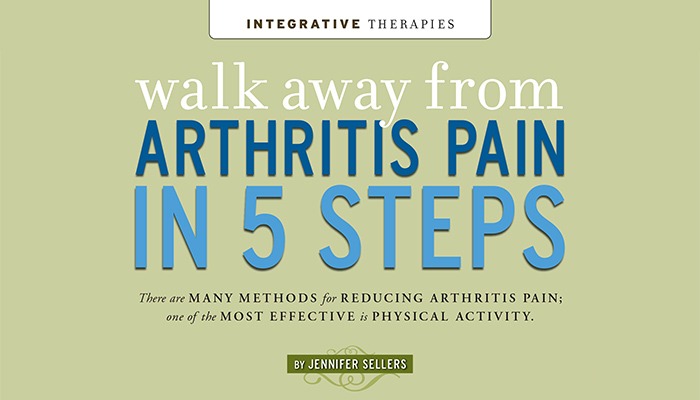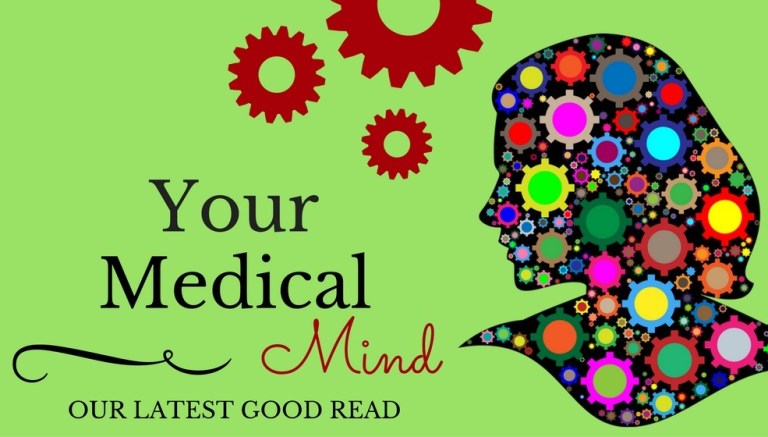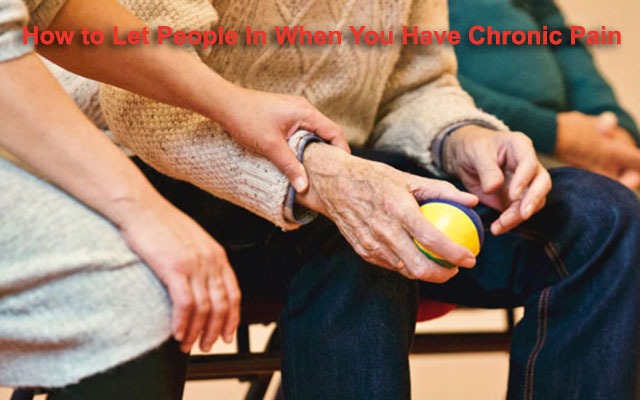Two Types of Coping

From birth, we are all faced with two basic questions: “What do I want or need?” and “How do I get it?” Of course, we start out wanting the same kinds of things: to eat, to sleep, to be safe, to sit up, to crawl, to walk… Throughout life, our goals become more complex and more difficult to reach. Life poses various barriers to goal attainment; we carry around our own personal set of resources and skills to try to get around those barriers. Sometimes we succeed and sometimes we don’t. We learn to balance what we want with what we are capable of obtaining. Richard Lazarus defined stress as an imbalance between demands and resources. When you feel you don’t have the resources necessary to reach your goals (both large and small), you will feel stressed.
Chronic Pain is a Form of Chronic Stress.
Living with pain presents all kinds of challenges in addition to the pain itself. You may find work difficult or impossible. Your social life may have been greatly reduced. Your roles as partner, parent, friend may have changed in ways that are deeply disappointing to you. The activities of daily living may have become difficult. You may find yourself trying many different ways of coping with pain. As described by Jochen Brandtstadter, coping efforts can be categorized as assimilative or accomodative. Effective chronic pain management may require knowing when to use each type of coping.
Assimilative coping strategies are action-based approaches designed to help you to continue on your pre-pain pathway. They tend to be active, problem-focused strategies to remove or get around the barriers that pain presents so that you can still do what you used to do. Examples may be trying different medications, visiting different doctors, using relaxation, doing physical therapy, or persisting at a task even though you hurt.
Accomodative coping tactics are focused more on changing yourself in recognition of the barriers presented by pain. You may modify your expectations of what you can do, learn to accept certain limitations, change your priorities, evaluate what is meaningful to you, and find new goals to replace those that are made more difficult by chronic pain. Accomodative coping is not giving up. It is recognizing which barriers you can’t get around and changing direction.
Effective coping is likely a combination of both assimilative and accomodative strategies. A useful task for you would be to list your current goals ranging from basic, daily goals to longer term goals. Think about the barriers that pain may or may not pose for each of your goals. Then think about which strategies would be most effective for each goal.
About the Author. Dr. Linda Ruehlman is a social/health psychologist and researcher, co-founder of Goalistics, and director of the Chronic Pain Management Program, an interactive site that helps people with chronic pain to manage their pain and live richer, more effective lives as well as Think Clearly about Depression, a self-management program for depression.
DISCLAIMER: This blog is provided as an educational and informational resource only. It is not intended nor implied to be a substitute for professional psychological or medical advice.

Carol Harper
View All By Carol






